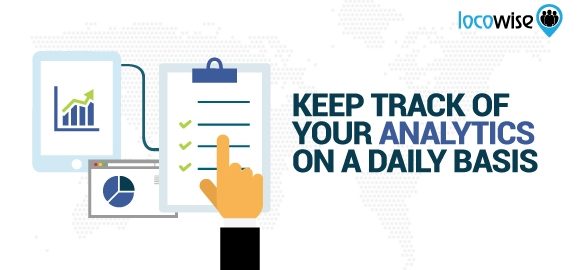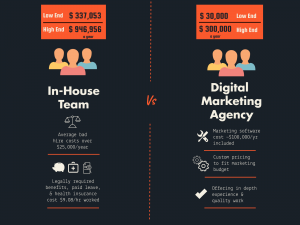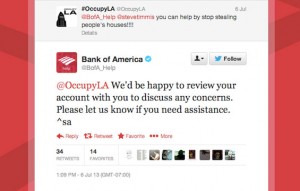— September 21, 2017
There’s no doubt that Facebook is one of the top social media platforms. With a constant user growth and adapting to a new network paradigm shift towards more engaging content, Facebook is not MySpace or Friendster.
It has established itself to be a spot for all things social. And that means you can’t start your social marketing campaign without a proper content strategy for that specific platform.
Going straight in and posting content is one way to do it. But to better build your brand on the network, you should rather carefully plan your continuous strategy.
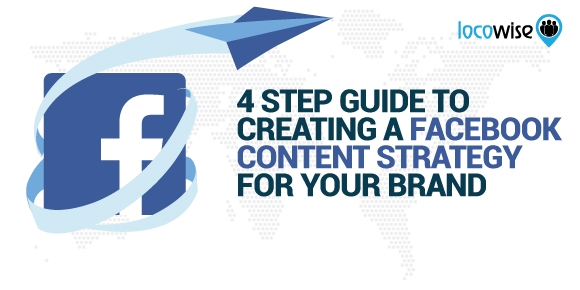
Similar to the other marketing endeavors, to create a plan for Facebook, you’d have to establish your goals, research your target audience and competitors, create your own content strategy based on the analysis and continuously review and adapt at regular intervals.
To help you get a better grasp on how to plan your Facebook content, here is a short, but detailed 4-step guide that covers the topic. Let’s discuss!
Step 1: Start with the Basics
The first item on your list, before starting out with anything else, should be the current analysis of your brand. This includes items, such as your audience, brand reach, marketing message, current competitors and goals.
To succeed with a content marketing plan for Facebook, you should have a clear vision of what your brand is. If working for a client, make sure to first get to know their brand, business and industry, before starting out with your strategy.
Research might not be the most fun of activities, but it definitely is a crucial part and the foundation of a proper marketing campaign. The same stands as true for social media platforms as it is for other media marketing plans. If you are not sure where to start, here’s a more in-depth look at each of the basic items that define that foundation and how to establish them.
1. Target Audience
When starting out a new Facebook marketing plan, make sure to take into account the target audience. The definition of the term varies from industry to industry and marketers tend to have their own personal ideas of how a target audience is defined. But for the most part, this includes a group of individuals that have a certain cultural appropriation that makes them more inclined to buy what you are selling. Think of tech geeks being more inclined to buy tech products than an average individual.
2. Marketing Message
For the most part, Facebook is there to help you increase your brand reach and recognition. However, you shouldn’t forget that you should keep your content strategies within the boundaries defined by said brand. With that in mind, make sure to note the general marketing message you want to send out before doing anything else. Keeping this on top of your priority list will help you increase the potential of your content. Not everything is about increasing your likes. A photo of a baby panda might increase your engagement rates (ER), but you don’t want to have your brand Facebook page filled with animal pictures, as what you post on Facebook defines you as a brand and is, in a sense, your marketing message.

3. Current Competitors
Often overlooked by most individuals, keeping track of what your competitors are doing can have a huge impact on your Facebook marketing plan. Don’t forget to list out all of your current competitors and check what they are doing on Facebook. This will help you see what kind of content works within your industry and what doesn’t. It can further help you tap into an existing audience and jumpstart your social media marketing on the network. On Locowise, we offer detailed insights of all your Facebook competitors and provide you with further tools to keep track of what they are doing, your current performance compared to theirs and more.
4. Social Media Goals
The next item on your list, when it comes to the basic of planning out your campaign on Facebook, is establishing your goals. Make sure to put exact and specific short-term and long-term goals that will serve you as success review of your overall campaign. Consider more easily achievable goals, especially in the beginning. Don’t go for the hundreds of thousands or millions even if there’s a slight chance of achieving them. Instead, focus on the numbers that point towards a steady growth. Consistency, persistence and constant steady growth are some of the keys to success.
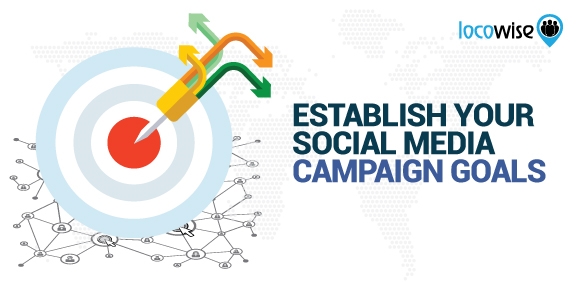
Step 2: Check what your Facebook Competitors are Doing
Make sure not to forget about your Facebook competitors. Instead of ignoring them or just comparing your stats with theirs, make sure to keep a close eye on their actions and performance. You can learn a lot both from the mistakes and successes of others.
What’s more, you can easily tap into their existing audience and further increase your own following and brand recognition. Let’s discuss what you need to do, to plan your next moves more carefully and in-depth.
1. The Performance of Content
The first step towards analyzing the campaign of your competitors on Facebook is to check the performance of their content. Go in-depth and note what type of posts receive the best engagement. But don’t just look at that analytics. Let the stats show you the posts you should be looking at, but make sure to analyze the posts themselves. What keywords are they using? What type of content are they posting? The way you should usually go about is to pinpoint their highest performance and lowest performance posts and analyze them. However, choose a few average posts and compare, as well.

2. Audience Reach
Inspect the audience reach of your rival brands on Facebook. What is the audience saying? Is the engagement more positive than negative? Just make sure to compare what percentage of your target audience fits within the currently established audience of your competitors. Did you know that Locowise provides you with detailed analytics of your Facebook competitors, including their top commenters, engagements and likes? Learn more and subscribe for a 7-day free trial here.
Step 3: Establish your Content Strategy and Plan
The most important part of any social media marketing plan for Facebook is the content strategy. Once you have all the information at your disposal, including the basics and the insights from your competitors, you’d be more easily able to go through and create a content strategy and plan.
1. Schedule Regular Posting Intervals
One of the first items on your list, when establishing your content plan, should be the preparation of your schedule. Make sure to pinpoint exact dates and posting intervals. But don’t forget to keep in mind that this is one of the factors you should use to review and adapt early on. Calculate the first interval depending on the analytics and the performance of your competitors, or if you already have a page, based on your previous performance as well. For example, if most of your competitors that have high engagement rates post once per day, start with an interval of once per day. But if this doesn’t work for your particular audience, try two per day or one every two days. Review and adapt.
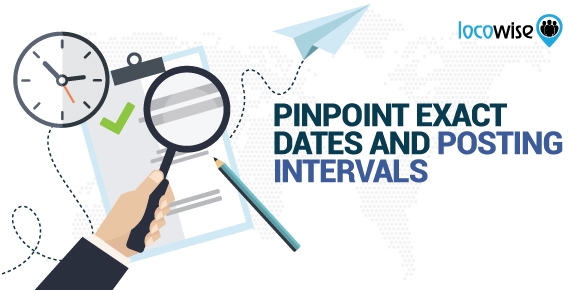
2. Prepare Content in Advance
The second thing on your plan should be the scheduling of your content. Don’t create content in the last second. Instead, make sure to have content prepared in advance. For the content itself, the plan should be strict and simple. It should include the amount of needed content and the time at which the content is to be posted. However, outside of your marketing message and fitting within the specific brand you are representing, you shouldn’t put any other creative boundaries in your foundation plan. This will help you more easily review and adapt your content, especially in the beginning, but also in the long run. Usually, having general and timeless content that is ready to be posted, above your needed limit, will help you avoid inactivity, when you can’t prepare content due to certain resource issues.
Step 4: Review and Adapt
Last, but not least, don’t forget to review and adapt. No continuous marketing campaign is successful enough without a proper review and change on a consistent basis. Usually, the process takes into account the statistics that compare your performance from one given period to another. The period, usually a day, week or month, is defined depending on your overall strategy.
Often, the advice for new marketers starting out in social media or for new brand pages is to keep track of your analytics and adapt on a daily basis. Going further, you should still keep track of the stats daily, especially if you want to avoid a PR disaster. However, you can leave the adaptation of your strategy for a longer period, e.g. one week or one month.

Interested in receiving all the analytics from your brand profiles and your competitors in a neat manner? Want tools to help you get more social media clients? Subscribe for a free 7-day trial of Locowise.
Digital & Social Articles on Business 2 Community
(84)
